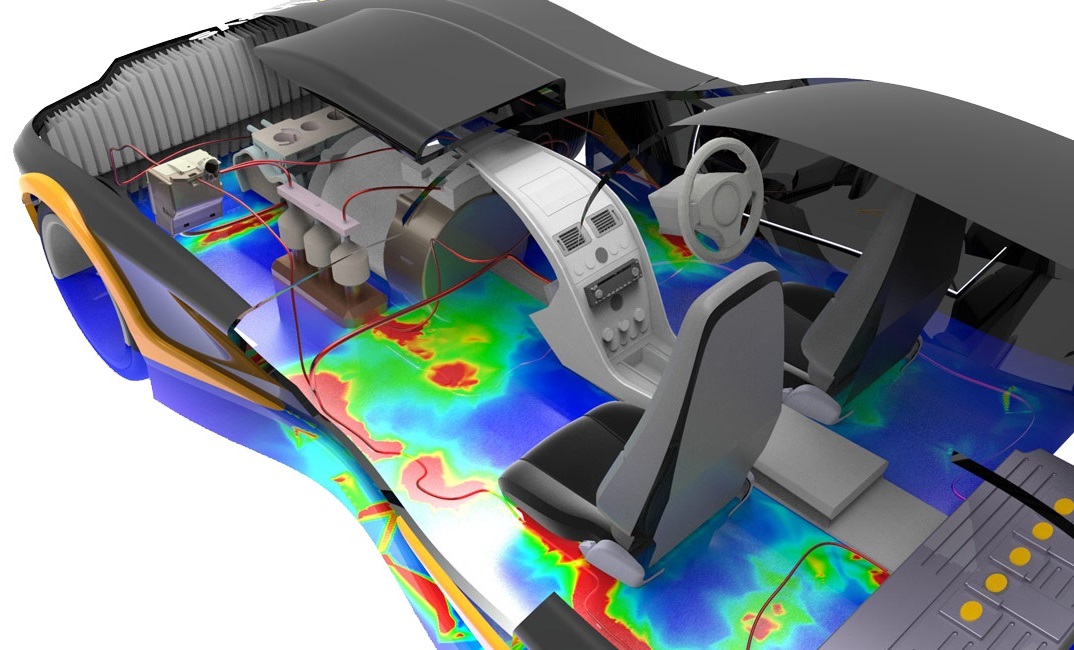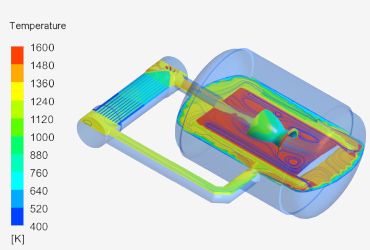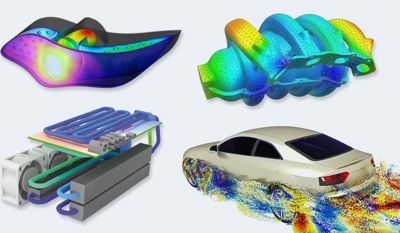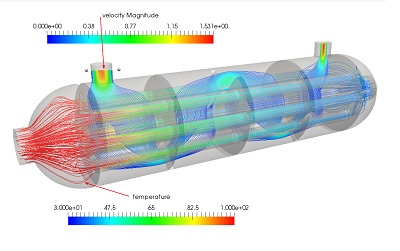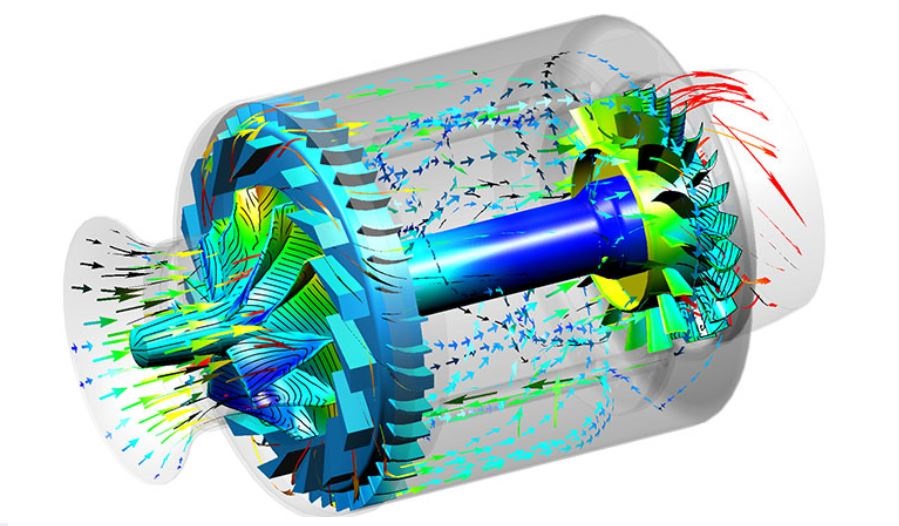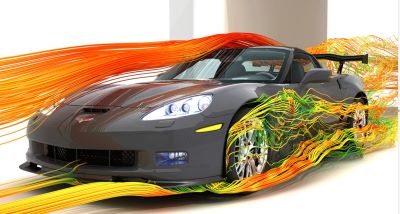Navigating the Depths of Computational Fluid Dynamics
Our CFD courses provide a holistic curriculum, encompassing fundamental principles and advanced concepts, equipping you with a comprehensive skill set tailored to address the challenges of the field. Through real-world simulations mirroring industry scenarios, you will gain practical experience and readiness for authentic professional challenges. Moreover, upon completion, our CFD certificate holds substantial value and is globally recognized in engineering industries and universities, significantly boosting your career prospects.

